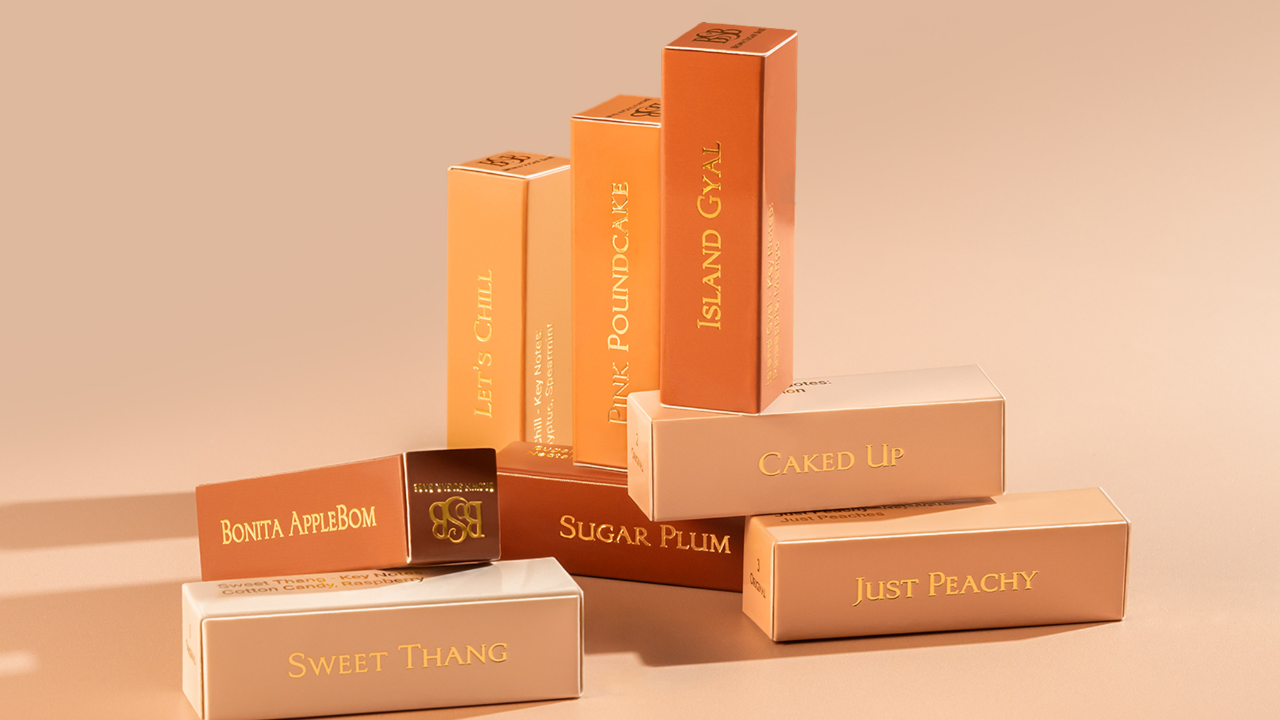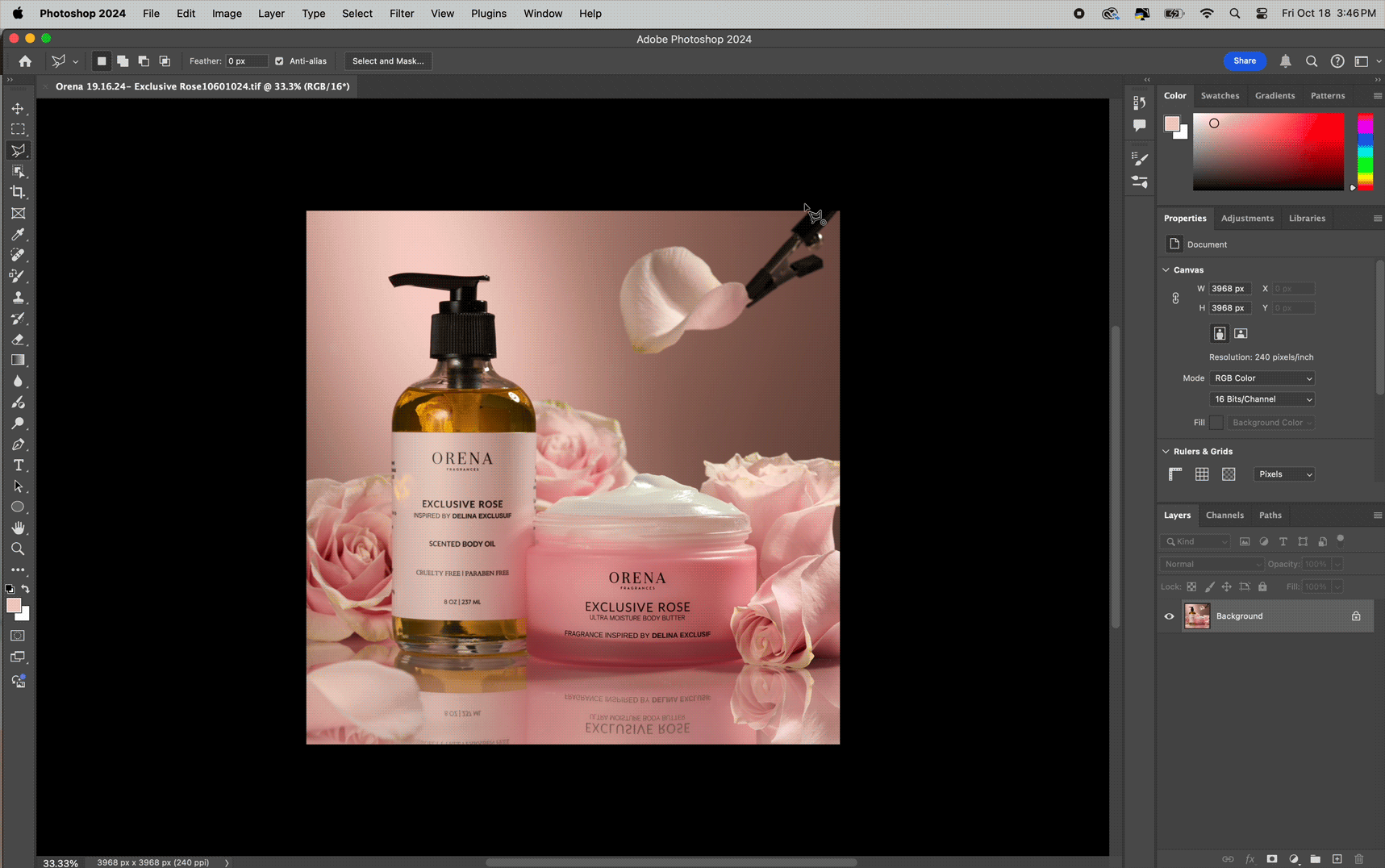DIY Product Photography Equipment on a Budget
Professional product photography equipment can be expensive, making it challenging for photographers on a budget to capture stunning visuals. DIY product photography equipment provides a cost-effective solution for those who want to create professional-looking images without spending a fortune.
Essential Equipment for DIY Product Photography
Before diving into the DIY options, it's important to have a basic understanding of the essential equipment needed for product photography. Here are the key components:
Camera: A digital camera with manual settings and the ability to shoot in RAW format is ideal for product photography.
Lens: A versatile lens, such as a 50mm or 35mm prime lens, is suitable for capturing product details.
Tripod: A stable tripod ensures sharp images and allows for hands-free shooting.
Lighting: Proper lighting is crucial for well-lit product photos. Consider using natural light or affordable artificial lighting options.
DIY Backgrounds and Props
Creating attractive backgrounds and using props can enhance the visual appeal of your product photos. Consider using colored fabric, patterned paper, or even wallpaper samples as backdrops. Textured surfaces like wooden boards, tiles, or textured fabric can add even more interest. When it comes to props get creative with everyday items like fruit, fake plants, or small decorative decor that complements your product. Stores like Dollar Tree, T.J. Maxx, and Marshalls offer unique affordable decor!
Making a DIY Tripod
To achieve sharp product photos, you need a sturdy tripod base. If you don't have a professional tripod, look for a flat and stable surface, like a table or a stack of books. If you are using an iPhone, consider investing in an affordable tripod that offers a wide range of motion. Being able to position your camera at different heights and angles helps to create a diverse collection of images.
Creating a Reflective Surface
To add a professional touch to your product photos, you can create a reflective surface using a piece of transparent glass or acrylic. Simply lay down your base backdrop, then layer the acrylic sheet overtop. For a more unique reflection try using a mirror as your base! For the best results, be sure to clean the surface thoroughly to remove any smudges or fingerprints.
Utilizing Natural Lighting
Natural light can be a cost-effective and beautiful source of illumination for your product photos. Look for a space near a large window or a place with ample natural light. Direct sunlight can create harsh shadows and uneven lighting so be sure to position your product where it receives indirect or diffused sunlight. Sheer curtains or white fabric can be a great way to diffuse harsh sunlight. The most important tip is to experiment with different angles and move your product around to find the best angle that showcases its features and captures the light beautifully.
Camera Settings and Composition
Understanding camera settings and composition techniques will help you capture compelling product photos. Here are some key considerations:
Aperture: Use a smaller aperture (higher f-number) to increase the depth of field and keep your product in focus.
Shutter speed: Choose a fast shutter speed to avoid camera shake and achieve sharp images.
ISO: Keep the ISO as low as possible to minimize digital noise and maintain image quality.
Rule of thirds: Compose your photos by placing the main subject off-center using the rule of thirds for a more visually appealing image.
Tips for Professional-Looking Product Photos
To achieve professional-looking product photos, keep the following tips in mind:
Clean and prepare products: Ensure your products are clean, free from dust, and properly arranged.
Use appropriate props: Select props that complement your product and enhance its visual appeal without distracting from it.
Capture multiple angles: Take shots from different angles to showcase various features and perspectives.
Focus on details: Capture close-up shots that highlight the intricate details and textures of your product.
Consistency: Maintain a consistent style, lighting setup, and color palette throughout your product photography.
Conclusion
DIY product photography equipment offers a cost-effective way to capture high-quality product images without breaking the bank. By utilizing simple techniques and materials, you can create a DIY lightbox, utilize natural lighting, and build your own tripod. Additionally, using DIY backgrounds and props, understanding camera settings and composition, and applying basic editing techniques can further enhance the visual appeal of your product photos. Remember to avoid common mistakes and maintain consistency to achieve professional-looking results.
FAQs
Can I use my smartphone for DIY product photography?
Yes, smartphones with good camera capabilities can be used for DIY product photography. Follow the tips mentioned in the article to achieve optimal results.
Do I need expensive editing software for post-processing?
No, there are many free photo editing software options available online that can help you enhance your product photos. Experiment with different tools to find one that suits your needs.
Can I achieve professional-looking product photos without professional equipment?
Absolutely! DIY product photography equipment, combined with proper techniques and attention to detail, can yield excellent results that rival those achieved with professional gear.









